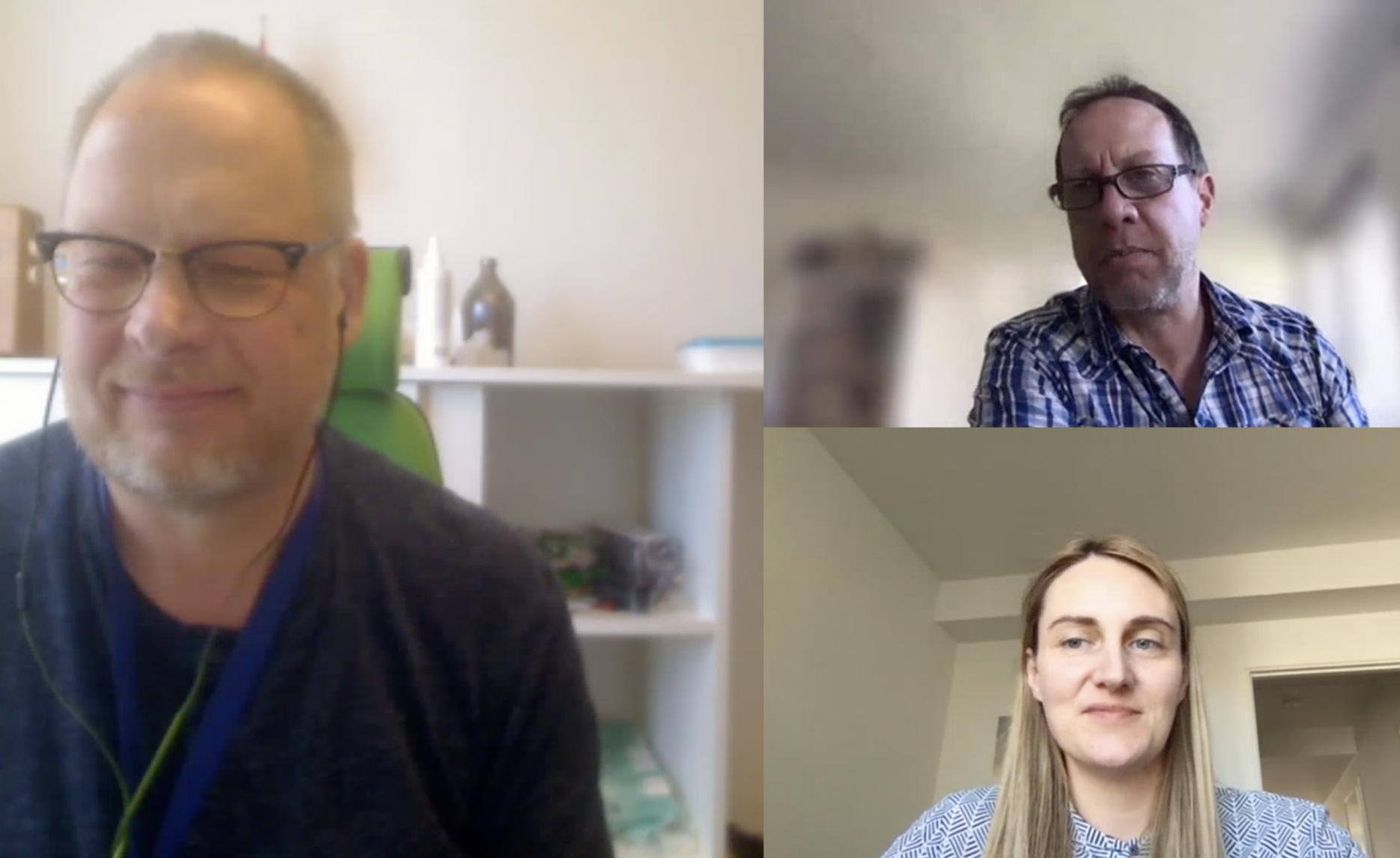In the context of COVID-19 we need to take care of ourselves and participants in our research through practicing the right level of social distancing for the different groups of people involved in our research. Even when levels of restrictions change, and in spite of the relatively mild restrictions in Sweden, for some more vulnerable groups this will mean that social distancing remains important for longer.
To continue to research, and indeed learn and create insights for the future, through this crisis we have designed a set of remote ethnography methods. These will ensure we can gain in-depth insights into participants’ experience through the collaborative methods and co-production of knowledge that underpin our design ethnographic practice. There is a long history of remote ethnography in anthropology but face to face methods have been favoured in a context where engagement and collaboration in ethnography is generally emphasised, and when we use intense short ethnographic face to face encounters to delve deeply into participants lives for short periods of shared learning.
Therefore, our approach differs from the observational methods of other remote ethnographic techniques, such as ethnography or analysing video footage shot in public places. Instead, our work is located in the private spaces of participants’ lives, and involves distance-based activity and discussion, designed to create the collaborative and intensive encounters that underpin the insights we need. Instead of being in person, these encounters are mediated by materials, distance activities, communication and reflection. In our design ethnographic methods post, we discuss the distance interview and probe packages that have been created by researchers Katalin Osz and Peter Lutz and how participants can get involved.

